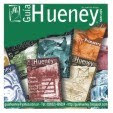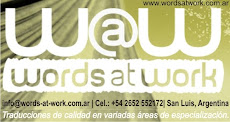by José Roberto Espinosa
Writer-Environmental Specialist
jrobertoespinosa@hotmail.com
INTA Expone, de la Región Pampeana (Pampa Region INTA Exhibition), a regional ranking event, took place in the city of Márcos Juárez, Córdoba, from April 15th to 17th this year.
Technicians, producers, business owners, students and general public from all over the country gathered there to know about and value the important work carried out by the National Institute of Agricultural Technology (INTA) in the field of research and agricultural extension.
The exhibition stands were arranged in a circular way, which allowed the presentation of different topics, as well as their distribution between research and extension, thus emphasizing the added value in all the production processes, which may potentially improve Argentina’s production capacity, and consequently, the quality of life of its inhabitants.
Scientific and technological developments in the field of natural resources and environmental management, forestry, intensive production, family farming, livestock and extension, among others, were shown in each of the stands – multi-shaped tents located in three interconnected concentric rings starting from the outside and converging in the center. Primary production was found in the first ring; handling and processing was the theme of the second ring; finally, the central part showed finished and institutional products.
In this way, all the activities related to agro-food production were represented in INTA Expone 2011.
There are still some unresolved issues which are not the sole responsibility of INTA. Argentina needs a national law on plant protection in order to regulate the use of large quantities of chemicals, like phosphorus fertilizers, fungicides, insecticides and herbicides (glyphosate and atazine). Soybean production uses about 200 million liters of herbicides. A key aspect is the correct application of these products, because their security is closely linked to how they are used, and when applied incorrectly or carelessly, they become highly dangerous.
It is necessary to systematically collect data so that research centers (including universities) determine the impact of chemicals on human health and the environment. These field works should be promoted by the national government as well as by provincial and municipal authorities to bring people some peace of mind in this aspect.


